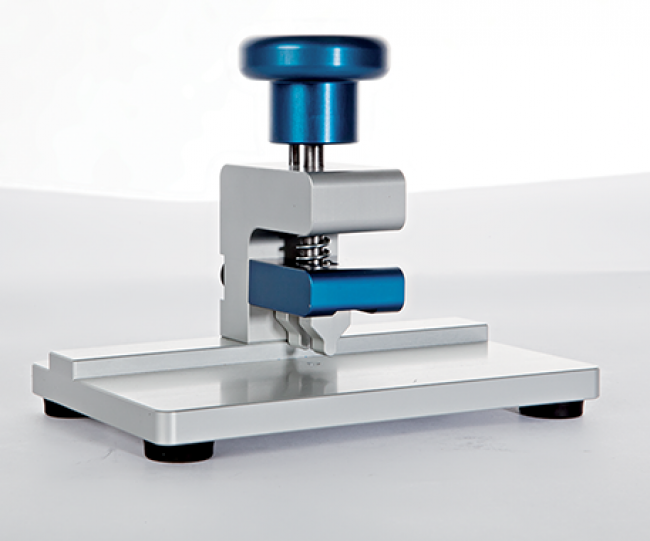DeMattia Fatigue Tester - AI Camera Testing Configuration
Control Mechanism:
The entire instrument is under the command of the robust software embedded within the PC housed within the machine. Additionally, control can be managed via the 15'' touch-screen control panel.
The software provides the following functionalities:
- Configuration of frequency, temperature, and cycle count
- Specimen identification for all 12 samples
- Image capturing of each of the 12 samples at the specified frequency
- Application of an Artificial Intelligence algorithm to automatically detect the initiation of cracks
- Execution of a slide show showcasing the recorded images for each sample
- Capability to transfer images to external storage via the USB port
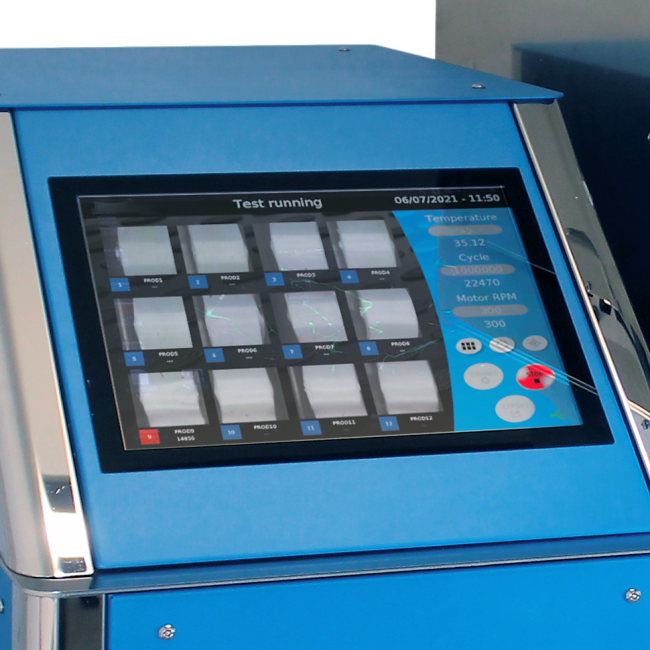
Handling of Sample Images:
All images associated with each specimen are stored within the device's internal memory (with capacity for up to 10,000 images). The software permits sequential viewing of all images linked to each individual specimen. The naming convention for each saved image encompasses key details, such as the position, identification, cycle count at setup, and the presence of cracks.
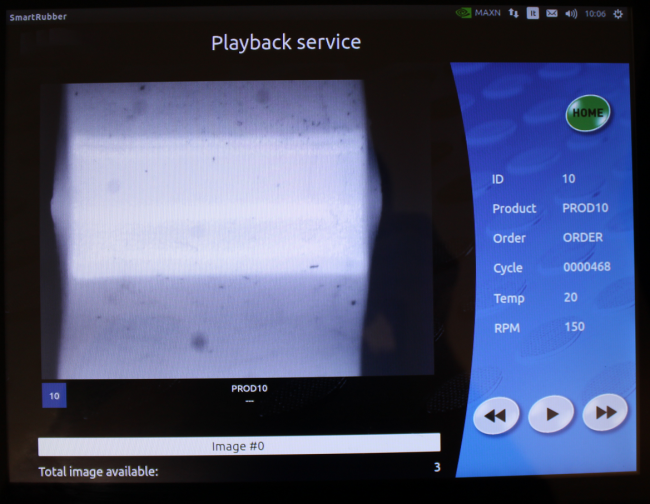
Artificial Intelligence Algorithm:
The analysis algorithm carefully examines all images to detect the presence of cracks. This algorithm has been trained to adeptly process images of specimens featuring varying colors and polymers. Upon detecting a crack, the software logs the cycle count at which the crack was identified and seamlessly adjusts the image saving frequency as per the preconfigured settings.
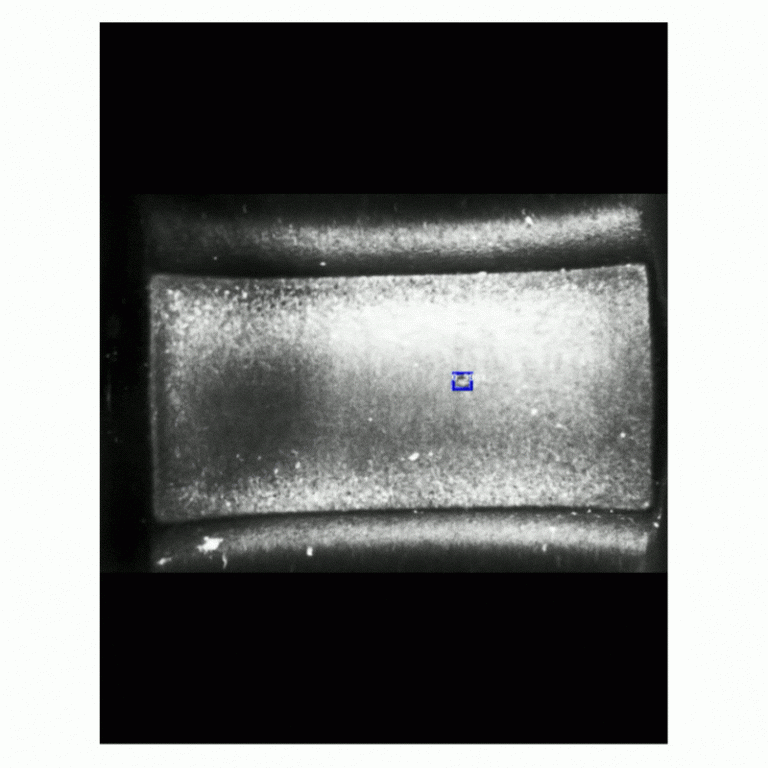
Automatic Creation of Sample Movies
Effectively handling thousands of images for each individual sample demands both time and significant memory storage. The instrument's software autonomously generates a movie for each sample, utilizing the stored images. These movies visually illustrate the sample's progression alongside the corresponding cycle count. For convenience, the movies can be downloaded via USB or through a network connection.
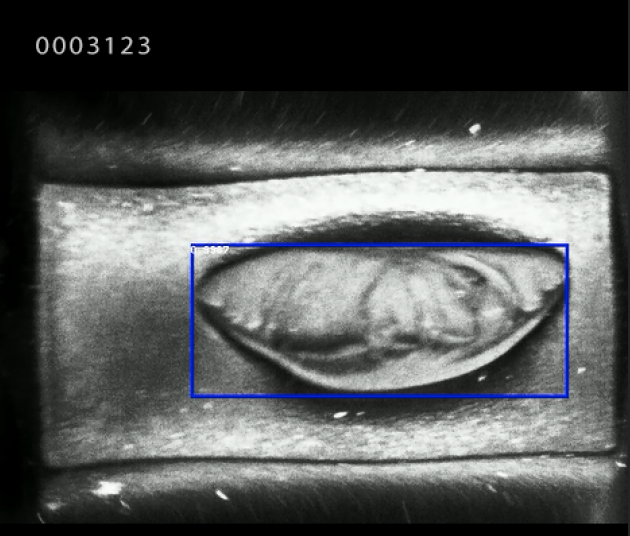
Sample Holders
The sample holder enables the concurrent testing of 12 samples. Through an innovative movement mechanism, both sample holders move in opposing directions, ensuring remarkably low levels of noise and vibrations.
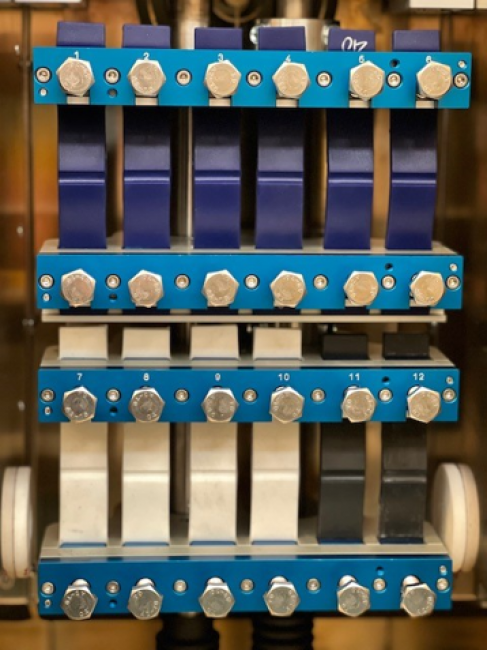
Instrument Configuration
In accordance with the test specifications, the instrument offers straightforward adjustments through the following settings:
- Test frequency (ranging from 60 to 300 revolutions per minute)
- Test stroke (ranging from 0 to 60 millimeters)
- Grip separation distance (up to 100 millimeters)
- The user can define the number of cycles before an automatic stop (up to 1,000,000).
Cooling Mechanism
The instrument uses a Refrigeration Unit to lower the temperature effectively. Opting for the refrigeration unit, as opposed to cooling through liquid nitrogen, offers several advantages:
- Precise control over the test temperature, minimizing potential fluctuations that could impact the accuracy of results.
- Ability to conduct extended-duration tests without the concern of depleting the liquid nitrogen supply prematurely.
- Mitigation of hazards associated with the handling of nitrogen.
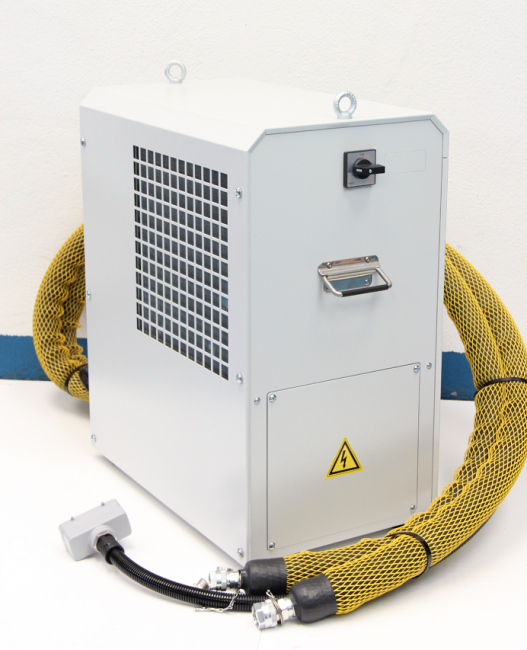
DeMattia Flexure
Test Mold This mold is tailored for use with the De Mattia dynamic tester, aligning with ASTM D 430 - Method B, ISO 132, and DIN 53 522 standards.
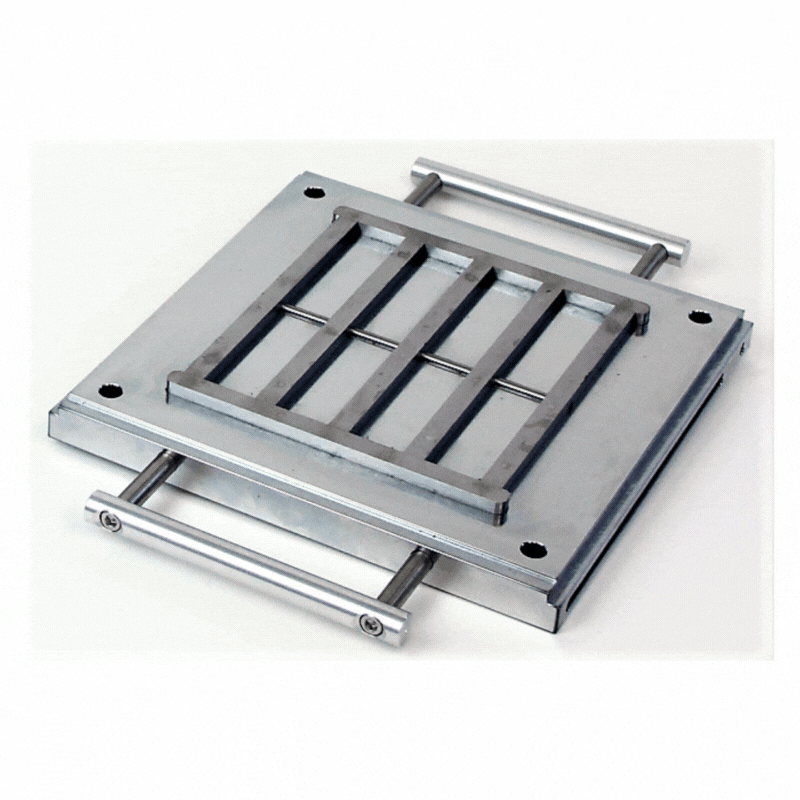
Piercing Tool
The piercing tool facilitates the creation of the standardized notch required for conducting crack-growth tests.
